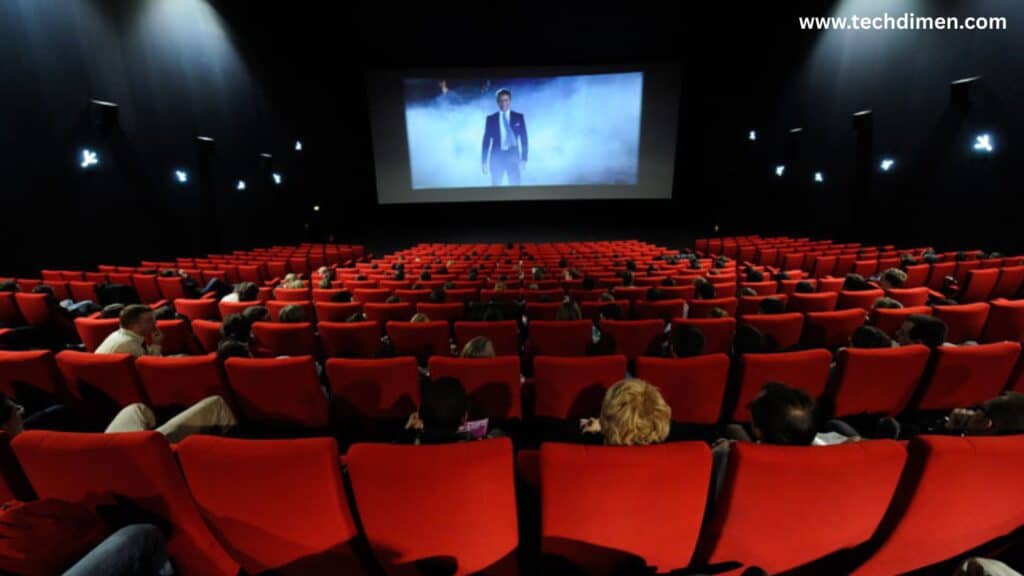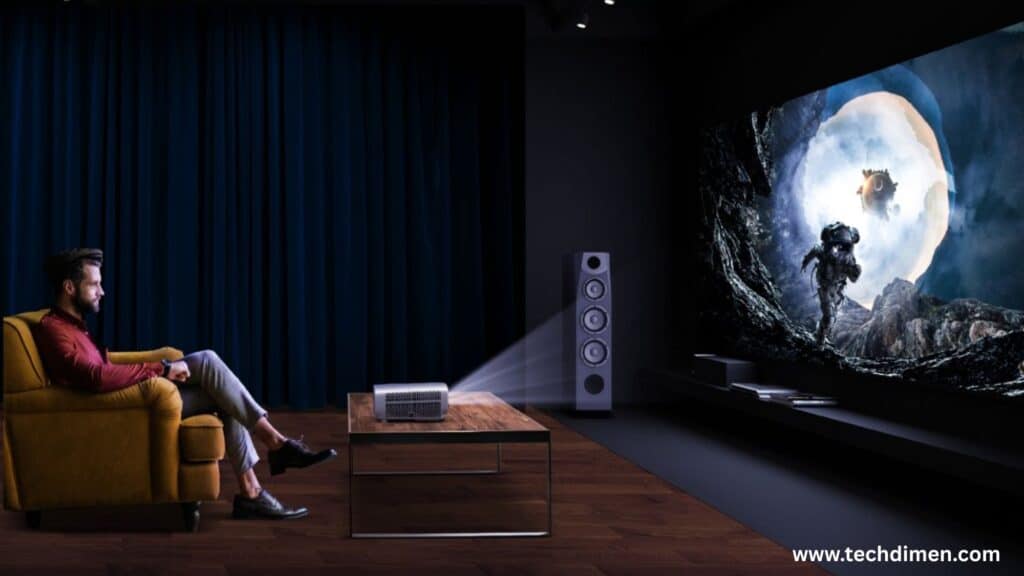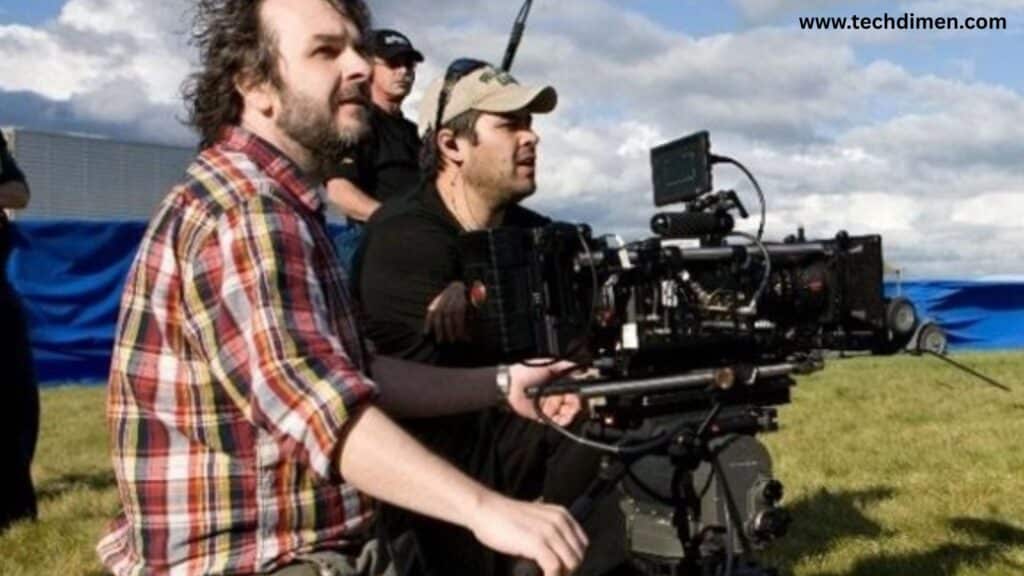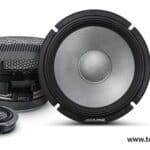HDR Movies and 24fps article explores the intersection of high dynamic range (HDR) imaging and the traditional 24 frames per second (fps) frame rate used in movies. It explains how these two technologies interact, the challenges involved in blending cinematic frame rates with modern HDR visuals, and why this matters for home theater enthusiasts and professionals. The introduction will also highlight how display brightness, motion clarity, and legacy standards affect overall viewer experience.
What HDR Means in the Context of Movies
The first section breaks down what HDR actually is not just the marketing term, but the technical components behind it. It will define how HDR expands the range between the darkest blacks and the brightest highlights, increasing overall realism. Readers will learn how HDR10, Dolby Vision, and HLG differ, and why these formats matter when watching movies at home. This section also covers how content is mastered in HDR during post production, along with how the final result is delivered via streaming platforms and UHD Blu ray discs. It touches on how TVs, projectors, and media players interpret HDR metadata and the importance of tone mapping.
Why 24fps Remains the Gold Standard in Cinema

Here the article dives into the history of 24fps. It explains how this frame rate became standard during the early sound era of film to strike a balance between cost and smooth motion. Even today, studios and streaming services stick to 24fps because it’s deeply embedded in both industry workflows and audience expectations. The section also explores how motion blur and strobing contribute to what we call the cinematic feel. It provides context for why some viewers love the look of 24fps while others notice motion judder, especially when combined with modern HDR visuals.
The Collision Between HDR and 24fps: Where Things Get Complicated
This part outlines the technical challenges when HDR and 24fps come together. Readers will learn how HDR’s extreme contrast and brightness levels can exaggerate motion judder and make 24fps strobing more obvious. It explains the concept of temporal resolution and how increasing image detail and contrast in HDR can unintentionally highlight the low frame rate. Specific scenarios like panning shots in bright scenes will be discussed to illustrate how the visual clash affects the viewing experience. The section also explores how abrupt luminance shifts can strain the human visual system, leading to discomfort for some viewers.
Projector and TV Brightness: Foot Lamberts and Nits

Next, the article explains how projector brightness is measured in foot lamberts and how this differs from the nit (candela per square meter) measurement used for TVs. It defines both terms clearly and explores their relevance in HDR playback. The section explains how movie theaters target certain foot lambert levels, and why HDR content on a projector often falls short due to limited peak brightness. It discusses the brightness capabilities of consumer HDR TVs, which typically reach at least 600 to 1,000 nits, and how this affects perceived contrast and detail. It compares projectors with flat panel displays and breaks down why most projectors can’t display HDR as effectively as TVs, unless they’re high end models with laser light sources or advanced tone mapping.
Is It Time to Rethink 24fps in the HDR Era?
This section considers whether the film industry should move away from 24fps, especially for HDR content. It evaluates past attempts at using higher frame rates such as 48fps in “The Hobbit” and 60fps in Gemini Man and explains why those experiments were controversial. It also outlines how some display manufacturers have tried to solve motion issues through frame interpolation and motion smoothing, and why those methods often create the dreaded “soap opera effect.” The article presents both sides of the argument: filmmakers who defend 24fps as part of cinematic language, and technologists who advocate for higher frame rates to match modern HDR standards. It will highlight emerging technologies, such as VR and this time rendering, that may lead to hybrid solutions or even new standards altogether.
Practical Tips for Watching HDR Movies at 24fps

Here, the article provides practical advice for readers who want the best possible experience when watching HDR movies at 24fps. It suggests optimal settings for TVs, such as adjusting tone mapping, contrast, and brightness, while turning off motion interpolation to preserve cinematic motion. It also explains how to get better results with projectors, especially in dark rooms with proper screen gain and accurate calibration. This section helps readers understand what kind of hardware and environment they need to enjoy HDR movies the way they were meant to be seen, even at a low frame rate.
HDR vs 24fps: Key Differences and Interaction
| Feature | HDR | 24fps | Combined Effect |
|---|---|---|---|
| Purpose | Boosts brightness, contrast, and color | Standard cinematic frame rate | May cause motion stutter when mixed |
| Brightness | 600 1,000+ nits (TVs), limited on projectors | Not brightness dependent | High brightness worsens judder at low fps |
| Motion Clarity | Sharp, detailed images | Natural motion blur | HDR sharpness exaggerates motion flaws |
| Visual Drawbacks | Highlights judder in fast scenes | Choppy in pans or quick movement | More noticeable judder with bright HDR visuals |
| Ideal Setup | High refresh rate display, proper tone mapping | Calibrated settings, dim room | Needs careful setup for smooth viewing |
| Future Direction | Moving toward higher frame rates, better tone mapping | Still dominant but evolving slowly | Likely hybrid use in future formats |
FAQs
What is HDR in movies, and why is it important?
HDR, or High Dynamic Range, increases the difference between the brightest whites and the darkest blacks in an image. It enhances contrast, improves color depth, and makes scenes feel more realistic and immersive. In movies, HDR helps reveal subtle visual details, especially in shadowed or brightly lit scenes, making it a major leap over standard dynamic range (SDR) formats.
Why are movies still shot in 24fps when HDR is so advanced?
Movies are still typically shot and shown in 24 frames per second because it’s an industry standard that has existed since the 1920s. Filmmakers often prefer 24fps because it delivers a traditional cinematic motion look. However, HDR can expose limitations in 24fps by amplifying motion judder, especially during high contrast or fast moving scenes.
Can HDR and 24fps work well together?
Yes, but only under certain conditions. HDR’s extreme brightness and color detail can make motion artifacts from 24fps more noticeable. When properly mastered and viewed on a display with effective tone mapping and motion handling, the combination can still look stunning. Without careful optimization, the pairing may result in a less comfortable viewing experience due to visual strobing.
What causes motion judder in HDR movies at 24fps?
Motion judder often happens because 24fps doesn’t provide enough temporal resolution for fast camera pans or quick moving subjects. HDR enhances this issue by increasing the clarity and contrast between frames, making judder more obvious. The brighter and sharper the image, the more apparent the judder becomes.
What is a foot lambert and how does it affect HDR playback on projectors?
A foot lambert (fL) is a unit of luminance used primarily to measure projector brightness in a theater setting. For SDR projection, the industry standard is around 14 16 fL. However, HDR content demands much higher peak brightness, often beyond what typical projectors can achieve. This limits their ability to fully display HDR visuals unless advanced tone mapping or high lumen laser projectors are used.
How do nits compare to foot lamberts, and which matters more for HDR?
Nits, measured in candelas per square meter (cd/m²), are used to quantify screen brightness on TVs and monitors. HDR TVs usually hit peak brightness between 600 and 1,000 nits, allowing for strong highlights and dynamic contrast. Foot lamberts apply to projectors, and due to light dispersion, projectors typically can’t reach the same nit level brightness. For HDR, nits are more relevant to modern home theater systems using TVs or OLED displays.
Why does HDR look dull on many projectors?
Most projectors can’t produce the high peak brightness that HDR content is mastered for. Without enough light output and proper tone mapping, the image may look flat, with muted highlights and crushed blacks. Unlike TVs, projectors struggle to hit the 1,000 nit mark, making it hard to reproduce the full HDR effect.
What’s the ideal display type for watching HDR movies at 24fps?
OLED and high end LED TVs with strong HDR performance generally offer the best results for 24fps content. These displays often have better tone mapping, deeper contrast ratios, and faster response times than projectors. However, if you prefer a large-screen experience, high-lumen projectors with HDR optimization features can also deliver strong performance though not at the same level as top tier flat panels.
Do higher frame rates solve HDR motion problems?
In many cases, yes. Higher frame rates like 48fps or 60fps provide smoother motion and reduce judder, especially in HDR scenes with extreme contrast. However, many viewers find higher frame rates make movies look too lifelike or video like, losing the “cinematic” feel. This is often referred to as the soap opera effect. Some filmmakers and audiences remain resistant to adopting high frame rate formats for narrative cinema.
Should I enable motion smoothing to reduce 24fps judder in HDR movies?
Motion smoothing, also called frame interpolation, can reduce judder but often introduces unwanted visual effects that make the movie look artificial. If you prefer the original cinematic motion, it’s best to disable motion smoothing. Some TVs offer advanced settings that reduce judder without making motion appear unnatural experimenting with those may help strike the right balance.
Is 24fps still relevant in the future of HDR cinema?
While 24fps remains the dominant standard, the evolution of HDR, high frame rate content, virtual production, and advanced display technologies suggests change is on the horizon. However, the cinematic look tied to 24fps is still highly valued by both creators and audiences, meaning any transition will likely be gradual and optional rather than forced.
Final Thoughts
The article concludes by reaffirming that HDR and 24fps can coexist, but only when the content is carefully mastered and the playback setup is properly optimized. While HDR offers incredible realism through dynamic brightness and deeper color, 24fps remains a legacy frame rate that doesn’t always showcase these benefits perfectly. Until industry standards evolve, viewers need to understand how to balance these two technologies to get the best results. With informed choices in hardware, settings, and content sources, the cinematic magic can still shine just a bit brighter and clearer than before.

Jhon AJS is a tech enthusiast and author at Tech Dimen, where he explores the latest trends in technology and TV dimensions. With a passion for simplifying complex topics, Jhon aims to make tech accessible and engaging for readers of all levels.







